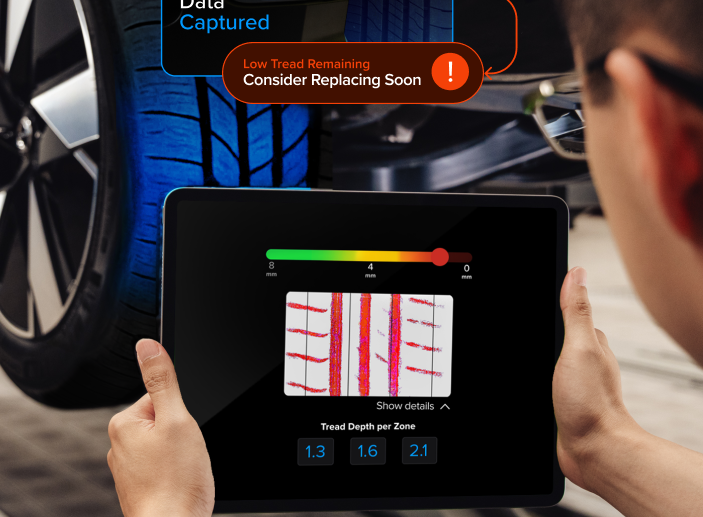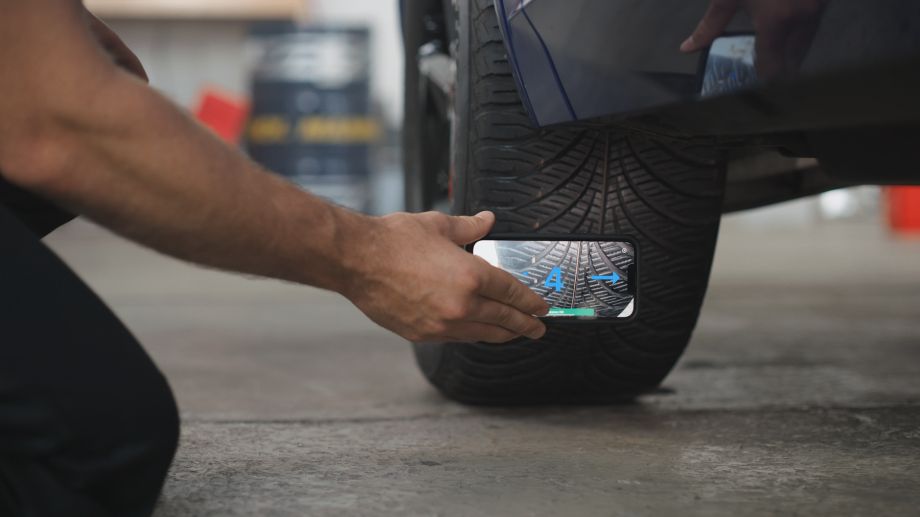
How Data Capture Helps Dealers With Tire Registrations Laws
In the US, Tire dealers and distributors are required by federal law to perform tire registration to every tire purchaser. Tire registration is the only feasible way for a tire manufacturer to contact a tire purchaser in the event of a safety related tire recall.
For tire dealers and car service providers, it is important to understand their responsibilities regarding tire registration and what are the stakes.
Jump to key topics
Jump to key topics
1. How have tire registration laws changed in the past years?
Until recently, regulations stated that manufacturer-owned tire distributors and dealers needed to record the names and addresses of anyone who bought or leased their tires. They were also required to have standardized paper forms for this purpose.
Independent distributors and dealers had to make sure anyone buying the tires received standardized registration forms, which had to be filled out and sent to the manufacturer. Many purchasers did not send those forms, which led to inefficient tire recall procedures for tires sold by independent dealers.
Independent tire dealers in the US
In 2019 Independent tire dealers account for approximately 63% of the U.S. consumer tire retail market, according to Modern Tire Dealer. Out of these dealerships, the top100 independent tire retailers and distributors in the U.S. together own more than 7000 outlets across the country.
With that portion of the tire market not strictly required to perform throughout tire registration, many tires ended up unrecorded, or wrongly recorded.
The FAST act
On December 3, 2015, the US Congress passed the Fixing America’s Surface Transportation Act, or FAST Act. The FAST act requires independent distributors or dealers of tires to maintain records of:
- the name and address of tire purchasers and lessors,
- the DOT TIN identifying the tire that was purchased or leased.
The act also requires them to ensure they can securely transmit these tire records electronically to the manufacturers.

2. What are the risks if tires are not registered, or are incorrectly registered?
There are considerable risks for purchasers, dealers and distributors associated with tire registration.
Safety of tire owners
Tire recalls occur when a manufacturer or users discover a deficiency for a certain model, produced at a specific time and place. The DOT gathers these information and is used by stakeholders within the industry to identify the tires that need to be recalled and replaced.
Tires not being properly recalled are a direct threat to the safety of drivers, and may end up causing accidents, if not worse.
Fines and penalties
Mistakes or errors in tire registrations can diminish a tire dealer’s profits due to fines from the government. In some cases, it can put the whole business in jeopardy.
The U.S. Department of Transportation updated recently in the Federal Register the amount a tire dealer or distributor can be fined if there is a violation of the Safety Act. Fines can go up to $22,723 if tires are not recorded, or if they are incorrectly recorded.
Lawsuits
If dealers and distributors fail to comply with federal regulations requiring them to register tires when sold, they expose themselves to lawsuits, and in larger cases, to class action lawsuits.
It can mean years spent in court and thousands of dollars in legal fees, not to mention damages and interests that dealers and distributors might be ordered to pay.
3. What comes between dealers and tire registration today?
If tire registration is no joking matter in regard to the law and risks, both for tire users and for tires sellers, it is not always easy for dealers and distributors to deliver 100% valid registrations.
Human error
There are many challenges to recording the DOT TIN and transmitting it to manufacturers, and the human factor is one of the main. Human errors, such as typos or mistakes when transcribing DOTs play a big role and as many as 40% of all DOT registration records end up being invalid, and thus useless.
These errors are mainly due to the fact DOTs are long series of characters, often transcribed in an environment of poor light, dirt, grease and dust, by technicians pressed for time.
Time-consuming activity
The average time to locate and record TINs from all four tires of a vehicle was 2 minutes and 43 seconds. The maximum time for a single vehicle was 5 minutes and 45 seconds when DOT codes were facing inward.
It is time spent by technicians that cannot be used to perform tasks that add value for dealers nor customers.
4. How can data capture streamline tire registration?
Data capture, and in particular Optical Character Recognition (OCR) technologies are ways to directly scan a series of characters, codes,… and use the digitized data onto computers or digital systems.
In the case of tire registration, data capture and OCR can be used to scan the DOT code of each tire that has to be registered. This technology has many advantages for tire retailers and distributors:
- It’s very fast – each DOT can be scanned instantly.
- It’s 99.9% accurate – there is no chance for the DOT to be misread nor mistyped.
- It’s already digitized – the data can be used directly on a computer.
- It’s practical – OCR technology can be used on mobile devices or mobile phones. It can also be used without an internet connection.
- It’s easy to integrate – Anyline’s mobile SDK for DOT scanning is natively developed for iOS, Android, and UWP, also supports common integration frameworks such as Xamarin, Cordova and React Native.

